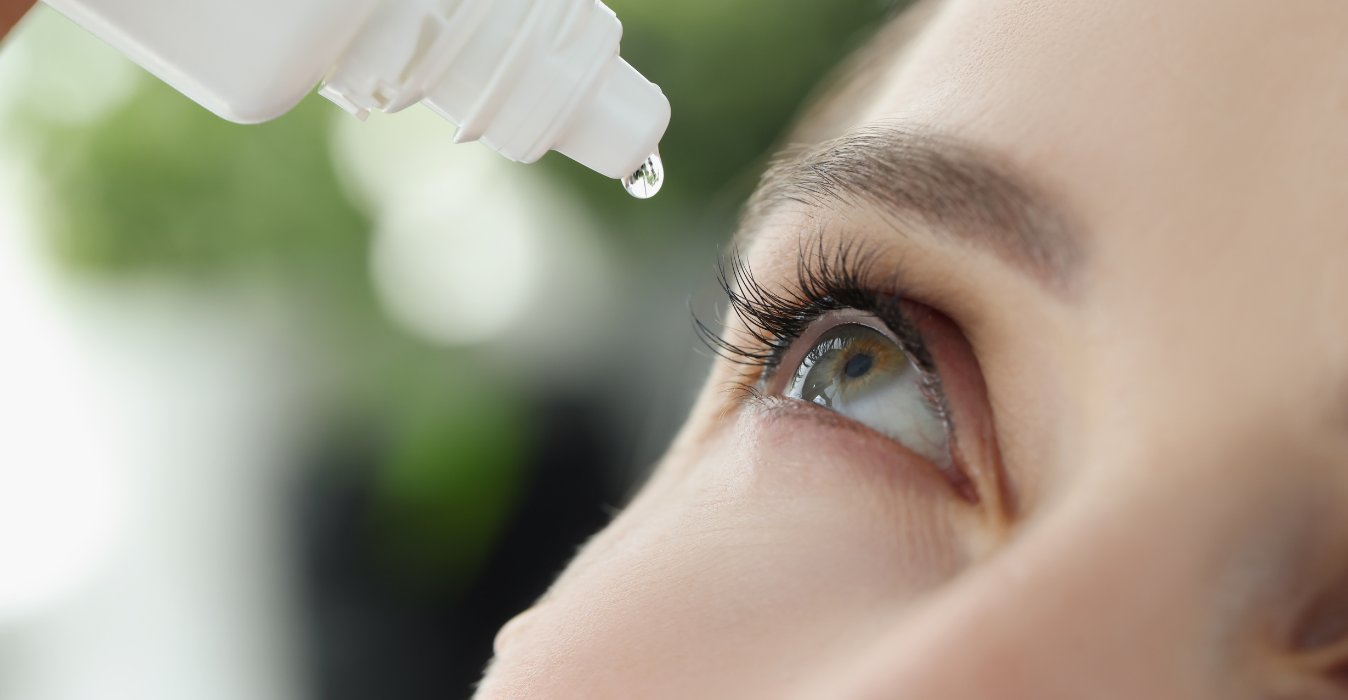
Eye allergy: causes and symptoms
Eye allergy it's a problem that affects many people at any time of the year.
It is particularly common during spring and summer due to pollen, but can also occur for other reasons, at other times of the year, with symptoms including itching, redness, tearing and swelling Of the eyes.
However, we will talk about this in more detail shortly.
We will teach you to recognize the symptoms of eye allergies and identify their causes. Understanding what is triggering your allergies is, in fact, essential to preventing and managing them effectively.
We will therefore focus on practical advice and suggestions for keeping your eyes safe. Their health is important and we want to provide you with the information you need to take the best care of it.
Causes
As we have said, eye allergy is a nuisance that affects many people, but understanding its causes is the first step in dealing with it successfully. Here they are causes which we will analyze one by one:
- pollen and external allergens;
- food allergy;
- allergies to pet hair;
- house dust mites;
- mold;
- environmental allergies.
Seasonal allergies, often caused by plant pollen such as maple, birch or grass, can trigger eye allergy. In fact, when an allergic individual comes into contact with pollen, his immune system can react, triggering an allergic response accompanied by symptoms such as itching, watery eyes, swelling and redness Of the eyes.
As we anticipated, exposure to this type of external allergens is particularly common during spring and summer, but can occur at any time of the year, depending on the type of pollen present in the environment.
Even the Food allergies , which are mostly associated with gastrointestinal or skin symptoms, can also in some cases involve the eyes. This is the case for some allergens such as nuts, milk or eggs. The reaction is often so strong that it also generates itching and swelling of the eyes and even leads to a form of allergic conjunctivitis.
The causes of eye allergies also include: pet hair . In particular, cats and dogs release hair, saliva and scales containing allergens which, upon coming into contact with the eyes, can cause allergic symptoms, including itching, redness and tearing. This type of allergy is very common, but can be managed with preventative measures such as frequent cleaning of the house and bathing pets.
The dust mites they are tiny insects that thrive in damp environments, in dust and in household fabrics such as cushions and carpets. Their feces contain allergens that easily enter the air, causing eye irritation and allergies. Of course, humidity control and regular indoor cleaning help reduce exposure to mites.
Even the accumulation of mold in humid environments such as cellars, bathrooms or kitchens it can release spores into the air, which cause eye allergies. The problem, however, can be solved quite easily through good ventilation and regular cleaning.
In addition to pollen, pet dander, dust mites, and mold, there are other possible causes of eye allergies related to environmental factors such as air pollutants , cigarette smoke , chemical substances present in the environment or the use of cosmetics product containing allergens.
Because preventing eye allergies requires managing the specific allergens that trigger them, it may be helpful to include measures such as using allergy filters in air conditioning, maintaining a clean and well-ventilated home, and avoiding exposure to known allergens. Furthermore, it is important to consult a doctor or ophthalmologist in case of persistent complaints.
These professionals will be able to provide a comprehensive evaluation, identify specific causes and recommend the most suitable treatment, such as antihistamines or eye drops specific to relieve ocular symptoms.
Understanding the causes of eye allergy is essential to managing it effectively, allowing you to maintain healthy and comfortable eyes even in the presence of environmental or food allergens.
Symptoms
Of course, recognize the symptoms of eye allergy is essential to deal with it effectively. Here is a detailed overview of the most common manifestations:
- itching around the eyes or on the surface of the eye itself;
- excessive tearing;
- eye redness or congestion due to inflammation;
- burning sensation or discomfort in the eyes;
- swelling of the eyelids and the area around the eyes, making it difficult to open them completely;
- sensitivity to sunlight or artificial light;
- eye discharge, which may manifest as clear or mucous discharge from the eyes;
- foreign body sensation, as if something is rubbing your eye;
- temporary blurred vision.
It is important to note that allergy symptoms can vary from person to person and depend on the type of allergen involved.
Of course, there are several treatment options to relieve eye allergy symptoms. Among the most common, antihistamines, in the form of tablets or eye drops, should be taken into consideration to reduce the itching and watery eyes Of the eyes. Anti-inflammatory eye drops also contribute to treat eye allergy , reducing inflammation and eye redness.
As we anticipated, it would be good to try to avoid exposure to allergens such as pollen or dust mites, using anti-allergy filters in air conditioning and cleaning the house regularly.
Furthermore, wash your eyes with cold water can help remove allergens and temporarily relieve symptoms.
All this attention can be of great help in preventing and treating eye allergies, but let's not forget that, if the symptoms persist or are serious, it is important to consult a doctor or an ophthalmologist to prescribe the most suitable treatments or exclude other eye diseases .




